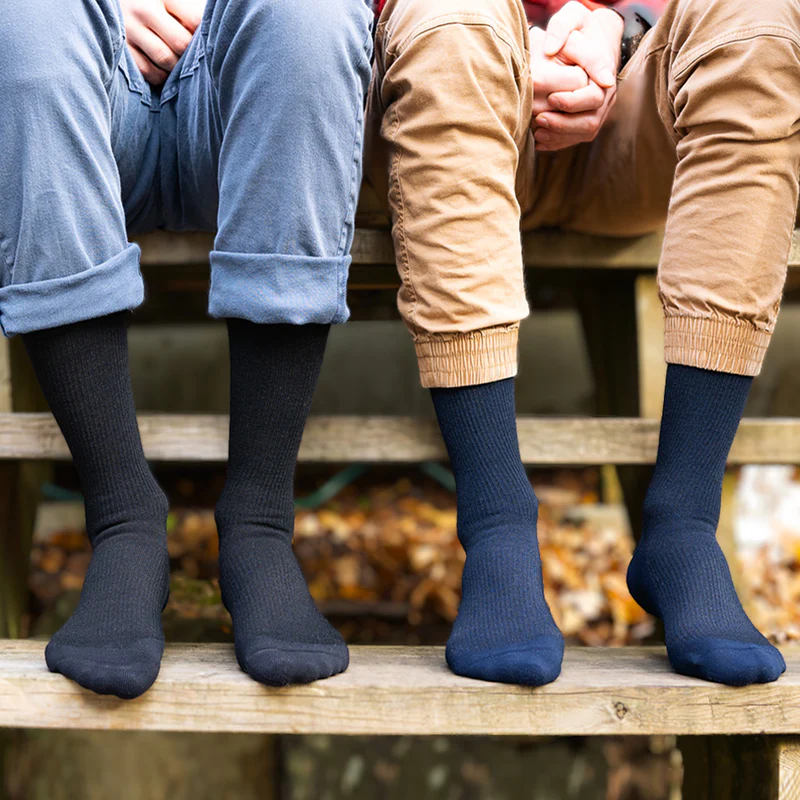
Compression Stockings: Benefits and Who Can Benefit from Them
19th March 2025
Don’t let shoulder pain hold you back. Explore the benefits of physiotherapy-manual therapy. An assessment and treatment to address the root cause and regain full range of motion. Read our comprehensive guide now.
Lets take you on the other side of the bridge now and explore what a physiotherapist would generally do in case of a shoulder pain physiotherapy.
1: Assess the injury/ condition
2: Education regarding the injury
3: Manual Therapy
4: Progressive graded exercise Therapy- to learn more click here
5: IMS/ Dry Needling- follow the link
6: Shockwave Therapy
7: K tape
Physiotherapy assessment will generally start with a subjective complaint followed by the objective assessment. The subjective complaints are the symptoms that a patient describes regarding-
● Pain levels
● the activities that are painful for the shoulder
● Relieving factors- that help relieve the pain
● Painful positions
● Difficulties in daily activities- reaching for seat belts, moving shoulder up to dress/undress, pain while sitting at the desk, pain while driving, pain in the gym activities, loss of range of motion or loss of strength and more.
● Goals and expectations before the session.
Objective assessment involves
● Checking for active range of motion
● Pain Free passive range for motion
● Testing the soft tissue
● Performing special test to establish the pathology
● Discussion of various available treatment and their expected efficacy in the condition
● Goal Planning
● Home management program
Advising on valuable home equipment a patient should invest in to help support healing in between the treatment sessions.
To learn more about shoulder range of motion exercises, follow the link
Use of manual therapy mobilization can complement exercise therapy by improving range of motion and alleviating pain. This approach is particularly effective for patients with rotator cuff-related shoulder pain, addressing both symptoms and underlying issues.1
A study found that Comprehensive physical therapy- which included scapular muscle stretching and strengthening, scapular muscle motor control retraining exercise, thoracic mobilization, and posture correction, led to long-term improvements in pain severity, functional disability, and quality of life at 6 months post treatment in comparison to Routine physiotherapy7.
Did you see our guide on scapular retraining? Find it in the blogs today!!
Manual therapy is the movement of a joint into its accessory or involuntary space. The shoulder joint complex is formed by four separate and unique joints, the glenohumeral joint, scapulothoracic joint, sternoclavicular joint, and acromioclavicular joint.
All the joints have a Passive accessory motion assessment mobilization technique.
Manual Therapy has proven its efficacy in the following8:
1. Subacromial Pain Syndrome,
2. Adhesive capsulitis
3. Rotator cuff tendinopathy.
4. Postoperative cases of humerus/clavicle fracture
5. Post-traumatic cases of humerus/clavicle fractures

The technique to be applied along with its grade is selected dependent on the target-as to increase shoulder range- into flexion, abduction, extension or rotation.
The grade is performed dependent upon the assessment and the need to push the tissues to the or past the painful range.
The shoulder is placed in a loose packed position, stabilized, distracted if required and the glide is performed.
Scapulothoracic manipulations are performed if the shoulder girdle demands more movement at the
Movement with mobilization (MVM) is another manual therapy technique. Also known as Mulligan Concept. The concept is based on maintaining a sustained glide throughout the physiological movement until the joint returns to its original starting position and Mobilizations performed are always into resistance but without pain.
Hold Relax and Contract Relax- Also Known as Muscle Energy Techniques (METs) are the techniques that uses a muscle’s own energy in the form of gentle isometric contractions to relax the muscles via autogenic or reciprocal inhibition and lengthen the muscle.
The goal is to cause relaxation and lengthening of the muscles and improve range of motion (ROM) in joints
Need to experience in person, come and see me. We can chat, learn and assess the pain further and provide you with valuable educational resources and help resolve the pain with the effective Physiotherapy techniques. Call 604-533-1819 or book today at willowwellnessphysio.ca
References:
1: Silveira A, Lima C, Beaupre L, Chepeha J, Jones A. Shoulder specific exercise therapy is effective in reducing chronic shoulder pain: A network meta-analysis. PLoS One. 2024 Apr 29;19(4):e0294014. doi: 10.1371/journal.pone.0294014. PMID: 38683828; PMCID: PMC11057978. https://pubmed.ncbi.nlm.nih.gov/38683828/
7: Salman Nazary-Moghadam a,b,* Fatemeh Zarei-Moghadam a,**, Afsaneh Zeinalzadeh Mohammad Hosein Ebrahimzadeh Ali Moradi b Maryam Emadzadeh Scott Hasson: Effects of comprehensive physiotherapy compared with routine physiotherapy on pain and function in patients with subacromial pain syndrome: A randomized clinical trial with 6-month follow-up, Journal of Bodywork & Movement Therapies 40 (2024) 270 278. https://www.bodyworkmovementtherapies.com/article/S1360-8592(24)00196-7/abstract
8: https://www.physio-pedia.com/Shoulder_Mobilization
Author: Meenie has been working as a musculoskeletal Physiotherapist with more than 10 years of experience treating musculoskeletal injuries, she has been practicing since 2016 in Canada. Meenie has a Masters in Science Physiotherapy which she completed with merit and was awarded the vice chancellor scholarship award. She is certified in both IMS, Vestibular and Concussion rehabilitation.
Medical Disclaimer:
The information presented in this blog post is for educational purposes and should not be interpreted as medical advice. If you are seeking medical advice, treatment or a diagnosis, consult with a medical professional such as one suggested on this website. Willow Wellness and the author of this page are not liable for the associated risks of using or acting upon the information contained in this article.